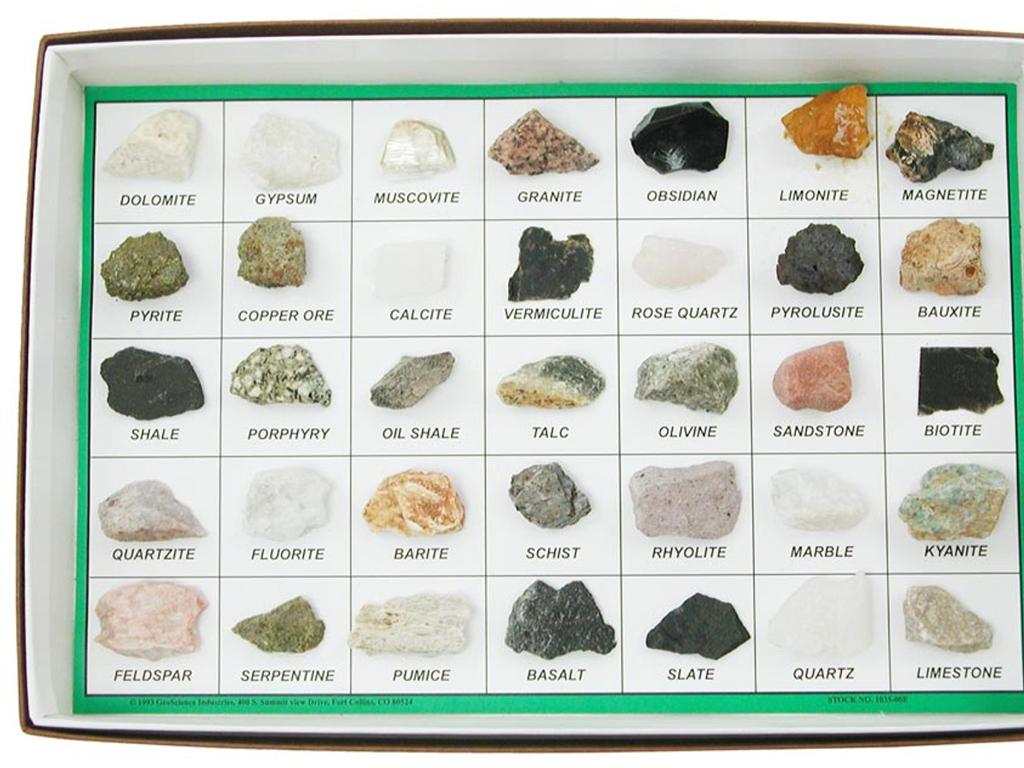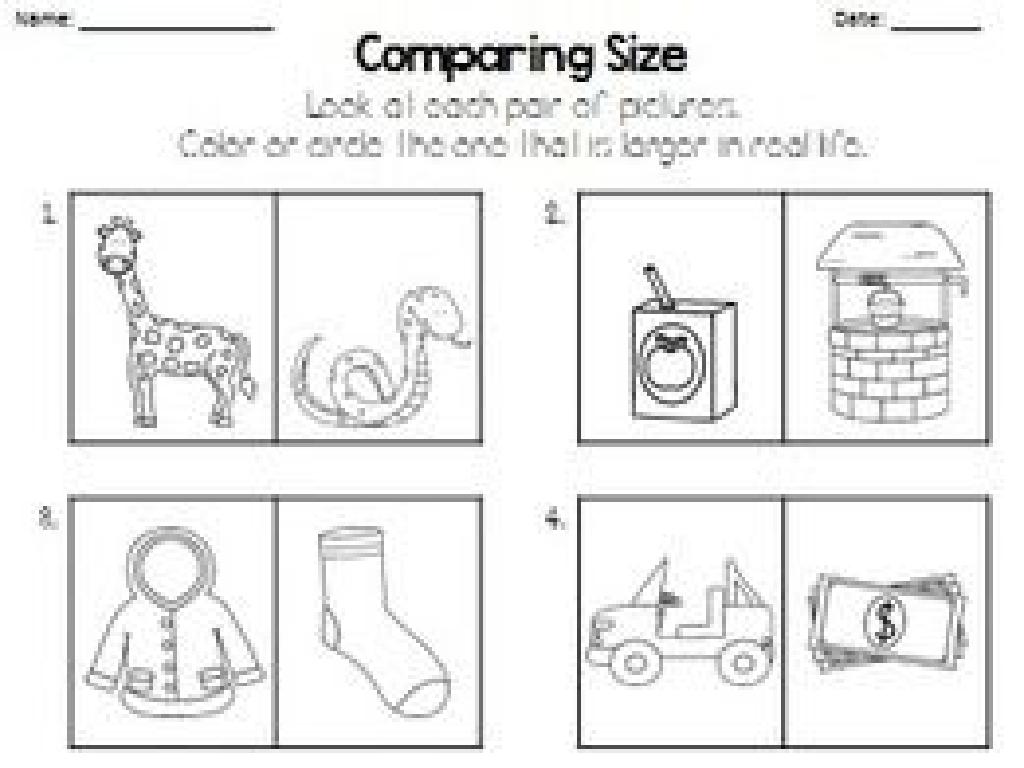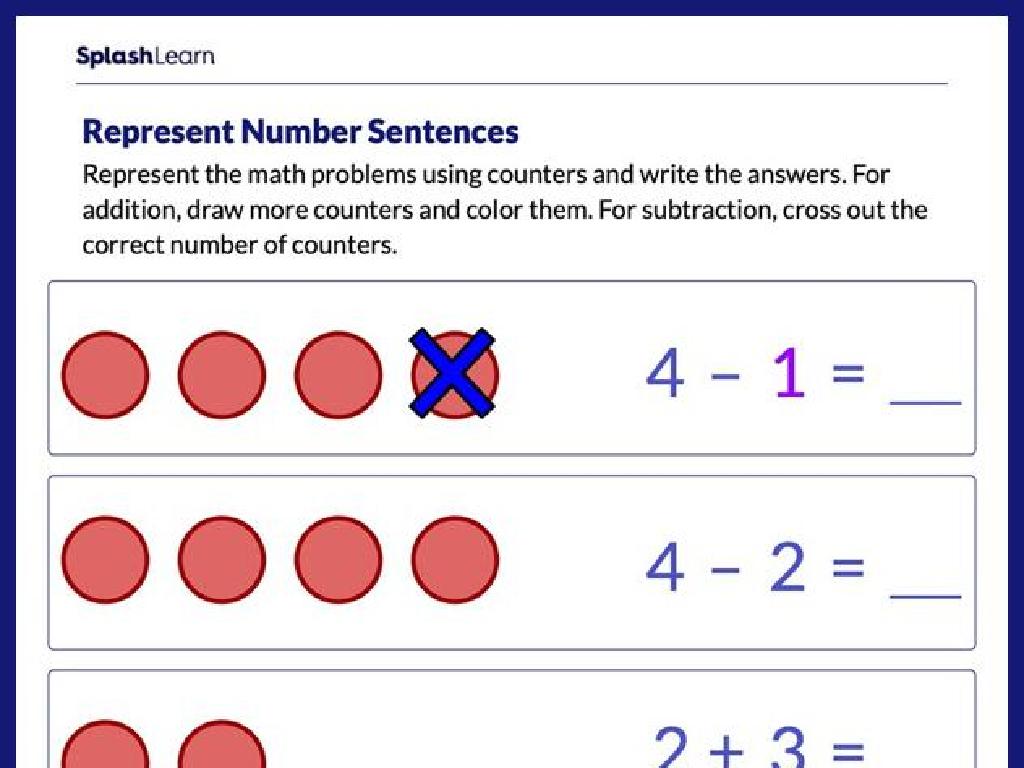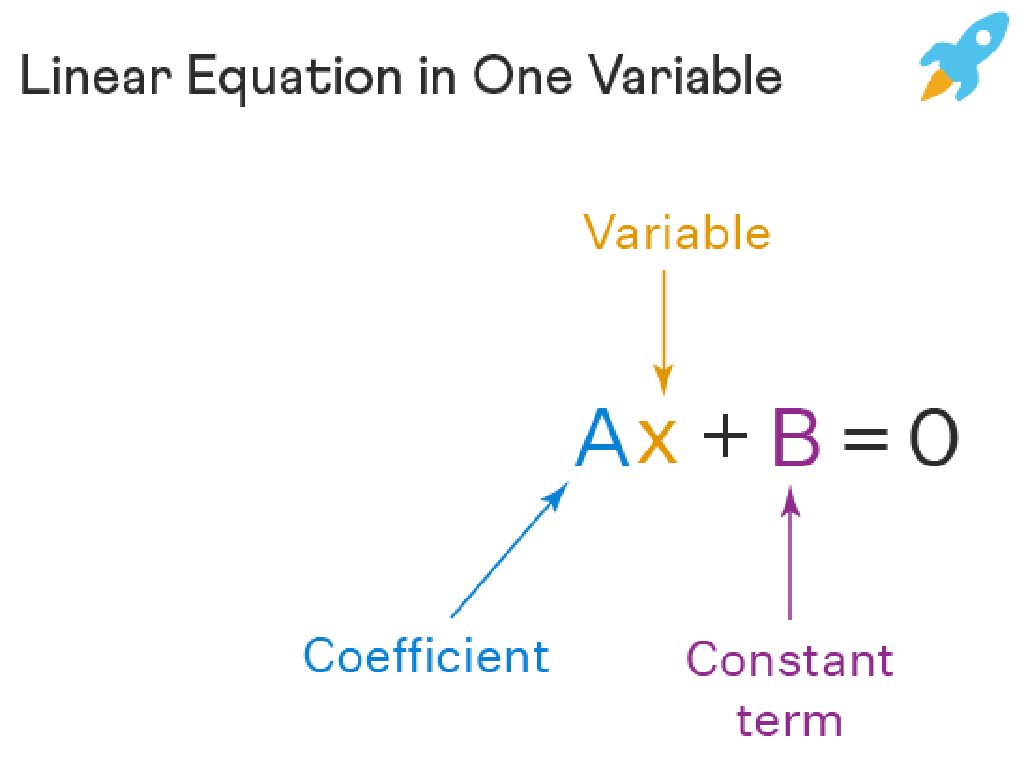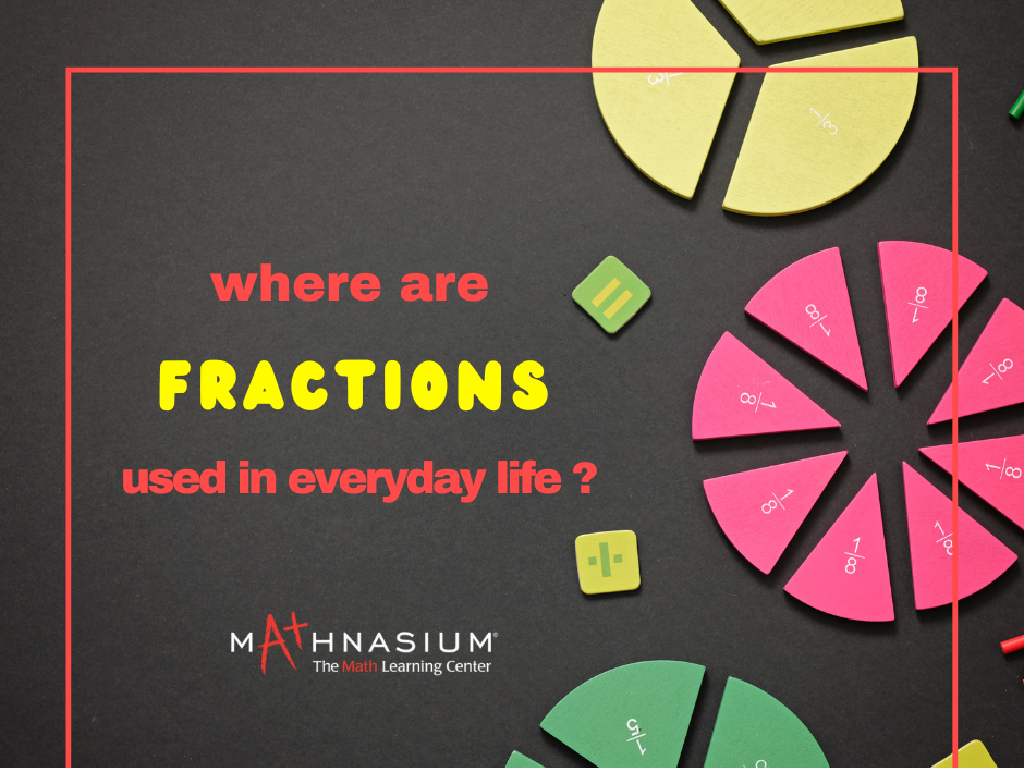Introductions And Conclusions
Subject: Language arts
Grade: Fourth grade
Topic: Organizing Writing
Please LOG IN to download the presentation. Access is available to registered users only.
View More Content
Crafting Introductions & Conclusions
– Why organization matters
– Organized writing helps readers follow your ideas easily.
– Introductions: The ‘Hello’
– The beginning of your story, where you greet your reader.
– Conclusions: The ‘Goodbye’
– The end of your story, where you say farewell to your reader.
– Their role in writing
– They frame your writing, making it clear and enjoyable.
|
This slide introduces the concept of organization in writing, focusing on the roles of introductions and conclusions. Emphasize to students that organized writing is like a well-planned trip, where the reader can easily follow the path from start to finish. Introductions serve as the ‘hello,’ grabbing the reader’s attention and setting the stage for what’s to come. Conclusions are the ‘goodbye,’ wrapping up the writing and leaving the reader with something to remember. Use analogies like meeting a new friend (introduction) and parting ways after a fun day (conclusion) to make the concepts relatable to fourth graders. Encourage students to think of their favorite books and how the beginning and the end made them feel.
Crafting an Engaging Introduction
– Introduction: Your writing’s start
– Sets the stage for readers
– Includes a hook to grab attention
– A question, fact, or story to interest readers
– Presents thesis and main points
– Briefly tells what you will discuss
|
The introduction is the first paragraph of a writing piece and is crucial for grabbing the reader’s attention. It should start with a hook, which can be a thought-provoking question, an interesting fact, or a short story related to the topic. Following the hook, the introduction should include a thesis statement that presents the main argument or point of the piece. It should also give an overview of the main points that will be covered in the writing. Encourage students to think creatively about their hooks and to clearly express their thesis and main points to provide a roadmap for their readers.
Crafting a Hook in Writing
– What is a hook? It grabs attention
– Hooks can be questions or facts
– ‘Have you ever wondered…?’ or ‘Did you know…?’
– They might also be quotes or stories
– ‘The only time to look back is to see how far you’ve come.’
– Let’s explore some examples together!
– For example, starting a story with ‘Once upon a time…’
|
This slide introduces the concept of a ‘hook’ in writing, which is a tool used by writers to immediately catch the reader’s interest and draw them into the story or text. Explain that a hook can take various forms such as a thought-provoking question, an interesting fact, a memorable quote, or a brief story. Provide examples for each type of hook and encourage students to think creatively about how they can start their own stories or essays in an engaging way. In the next class, ask students to share their own hooks for a story or essay they are writing, fostering a discussion on the effectiveness of different hooks.
Crafting a Thesis Statement
– What is a thesis statement?
– It tells the reader the main idea of your essay.
– Thesis: Your essay’s roadmap
– Example of a thesis statement
– ‘Daily reading is vital for enhancing vocabulary, writing skills, and imagination.’
– Why thesis statements matter
– It guides the reader through your essay’s argument.
|
This slide introduces the concept of a thesis statement, which is a crucial part of essay writing. Explain to the students that a thesis statement is like telling your friend what your essay is about before they read it. It sets the expectation and guides the reader through the points you will discuss. Use the example provided to show how a thesis statement can outline the benefits of daily reading. Emphasize the importance of a clear and concise thesis to make writing focused and coherent. Encourage students to think of their own thesis statements related to their interests to make the activity engaging and relatable.
Crafting a Strong Conclusion
– What is a conclusion?
– The last paragraph that ends your story or essay
– It’s the grand finale of your writing
– Like the end of a movie, it wraps everything up
– Restate your thesis briefly
– Remind readers of your main argument
– Summarize your main ideas
– Go over the big points without details
|
This slide introduces students to the concept of a conclusion in writing. It’s important to explain that a conclusion is the final part of their writing that should leave the reader with a clear understanding of what they’ve read. It’s like saying goodbye to a friend after a visit; you want to leave them with a good impression. Teach students to briefly restate their thesis, which is the main point of their writing, and to summarize the key points they made. This doesn’t mean they should just repeat everything they’ve said, but rather, give a quick recap that reinforces their message. Encourage them to practice writing conclusions that give their readers a sense of completion and satisfaction.
Writing a Strong Conclusion
– Restate your thesis creatively
– Use different words to repeat your main idea.
– Summarize main points briefly
– Pick key ideas from your writing to remind readers.
– End with a final thought
– Leave the reader with something to remember.
– Include a call to action
– Encourage the reader to do or think something.
|
When teaching students to write a strong conclusion, emphasize the importance of wrapping up their ideas and giving the reader a sense of closure. Encourage them to think of the conclusion as their last chance to make an impression on the reader. Restating the thesis in a new way helps to reinforce the main idea without sounding repetitive. Summarizing the main points should be done quickly to remind the reader of the essay’s key arguments. Ending with a final thought can be a reflection, prediction, or a powerful quote that sticks with the reader. Lastly, a call to action is especially powerful in persuasive writing, as it prompts the reader to act upon what they’ve read. Use examples from familiar stories or previous class writings to illustrate these points.
Let’s Practice Writing Introductions & Conclusions!
– We’ll craft an intro and conclusion
– Our topic: Importance of learning history
– Start with a hook to grab attention
– Maybe ask a question or share a fun fact!
– Conclude by restating our main points
– Sum up why history is valuable to learn
|
This slide is designed to engage students in a practical exercise of writing an introduction and conclusion for an essay. The chosen topic, ‘Why is it important to learn about history?’ is relatable and encourages students to think critically about the value of historical knowledge. Begin by explaining the components of an introduction: a hook to pique interest, a clear thesis statement outlining the essay’s purpose, and a preview of the main points. For the conclusion, guide students to restate their thesis and main points, providing a strong end to their essay. Encourage creativity in crafting their hook and remind them that a conclusion is their last chance to impact the reader. Provide examples and facilitate a brainstorming session to help them get started.
Class Activity: Crafting Introductions & Conclusions
– Write an intro on pet benefits
– Include hook, thesis, main points
– Start with a catchy sentence, state your main argument, and outline your supporting ideas
– Craft a summarizing conclusion
– Restate your thesis in a new way and summarize the key points you made
– Exchange with a partner for feedback
|
This activity is designed to help students practice writing effective introductions and conclusions. Begin by explaining the components of a good introduction: a hook to grab attention, a clear thesis statement outlining the main argument, and a brief overview of the points to be discussed. For the conclusion, guide them to rephrase their thesis and summarize the main points, reinforcing the message. Pair students up to exchange their work, providing an opportunity for peer review. Encourage constructive feedback focusing on the clarity and impact of both the introduction and conclusion. Offer examples and be ready to provide support as they develop their writing skills.

